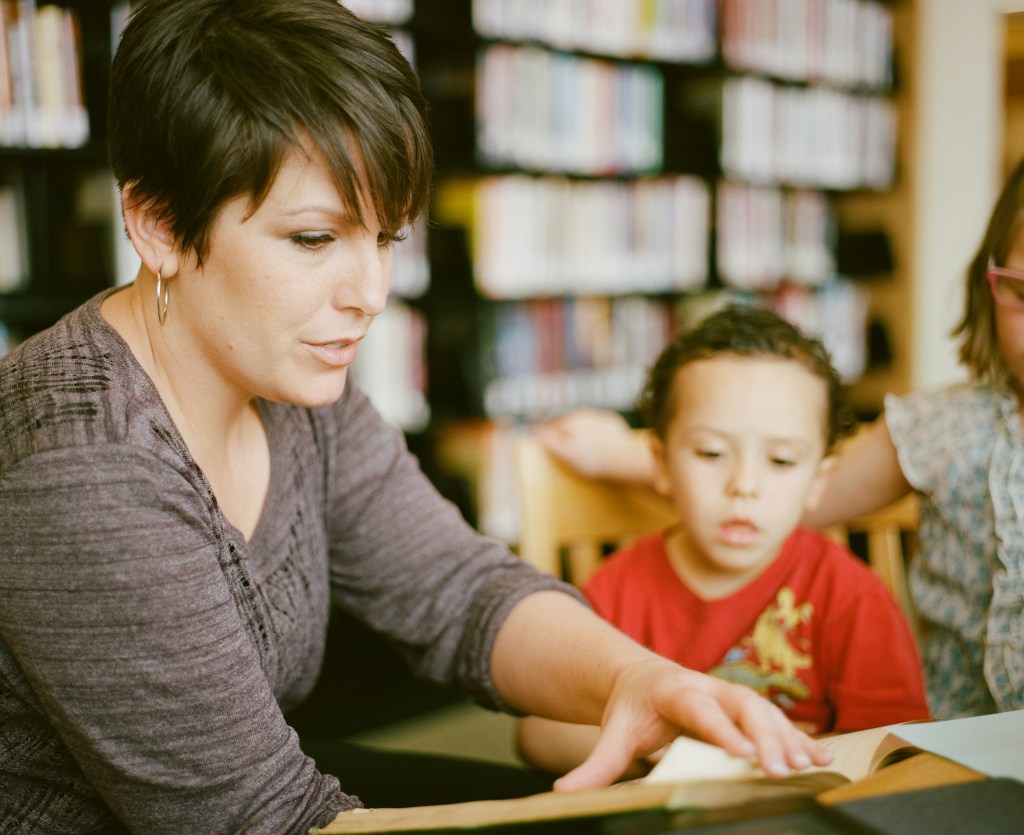by Jackie Goutor
Do you remember your favourite children’s book? I can still recite the first lines of Ludwig Bemelmans’s Madeline, a book my French father read to us every night until we were chanting the words along with him. Jamie Oliver once told Jennifer Lawrence that The Hunger Games series were the first books to help him read around his severe dyslexia. Whenever I lead class visits for middle school children in the public library, I finish with some fun facts from Ripley’s Believe it or Not!, because the internet just isn’t as satisfying as glossy pages stuffed with silly weirdness.

The simplicity of a good story well told, or a fun fact well presented, belies how much thoughtful work goes into creating material for young readers. For Editors Toronto’s October event, Laura Bontje’s terrific “Understanding Kidlit: Tips for Aspiring Children’s Book Editors” offered a fun (and thorough) introduction to editing material for the under-18 crowd. Laura is a freelance editor based in London, Ontario, who specializes in children’s literature. Her picture book Was It A Cat I Saw? will be available in March 2024. Those with sharp eyes will spot the palindrome, a brilliant example of a picture book offering both a fun read and a teachable talking point.
Laura began her presentation by emphasizing the importance of understanding the Kidlit industry and “knowing what the author may not know.” Because Kidlit books are so short, authors will often jump in on a whim without realizing that the children’s literature market breaks out just like the adult market and can be just as complicated to navigate. For example, Kidlit categories include board books, picture books, early readers, chapter books, and middle grade and young adult books. Children’s fiction breaks out into genres like contemporary fantasy and science fiction, historical fiction, or comedy. Biographies are often narrative non-fiction. And, because children’s materials are largely borrowed from libraries, the language and content must be appropriate for public and school collections.
It’s often the case that new authors have not read a picture book since their own childhood, and the Kidlit market evolves at a fast pace—for example, The Velveteen Rabbit, published in 1922, stands at 3,877 words, The Polar Express (1985) is 1,054 words, and The Darkest Dark (2018) is a mere 578 words. What a publisher wanted from a picture book even fifty years ago will be vastly different from what’s expected today. So, Laura explained, on top of everything else, editors often find themselves acting as publishing coaches, helping authors to navigate a unique and complex industry.
Laura then walked us through the process of editing a picture book. The presentation was jam-packed with information and advice. Here are just some of the highlights:
- Be efficient. Because authors only have a few hundred words to play with, they need to progress quickly and efficiently through their story, beginning by establishing the character or problem and then moving immediately to the inciting incident. Authors should avoid extensive backstories that eat up word counts.
- Pacing is important. Stick to one main storyline. The Rule of Three is useful, so after the story is set up with an inciting incident, present three problems and then solve them. This is a very common structure.
- Endings are quick and satisfying. Do not preach, moralize, or “Aesop’s Fables” it. Readers are smart and enjoy figuring out the why, the themes, and the morals for themselves without any over-explaining.
- Stay hopeful. These are bedtime stories! No nightmares, please; parents will not thank you.
- Rhyming is hard—and optional. If an author and editor decide to tackle rhyming, remember that agents will insist that it be done right.
- Visual storytelling is important. Picture books are a fifty-fifty mix of image to text. Illustrations add fun to the narrative, cue scene changes, help to build anticipation, and reveal surprises. Not everything has to be literally spelled out in text.
Laura spent some time on this last point, discussing the importance of the illustrator’s role as a collaborative storytelling partner. Self-published authors will have one-to-one relationships with their illustrators, where traditional publishers may not allow much, or any, contact between authors and illustrators. Either way, it is vital that authors let illustrators have their own ideas and unexpected interpretations of the text. Trust the illustrator, Laura advised, and resist the temptation to micromanage them with illustration notes. Instead, it is the editor’s task to review illustrations for visual continuity as thoroughly as they would check the text, remembering to look for spots where the two stories (text and visual) don’t line up. For example, if a character wears blue glasses, then their glasses should be blue on every page.
Finally, Laura explained that once an author starts querying, they’ll need at least two to three picture books ready to go. Interested agents or publishers will ask for everything the author has so that they can get to know the author’s voice. Sometimes publishers will even prefer the backup titles to the original query piece.
There are whole courses about editing Kidlit, and Laura’s excellent overview showed us why. Kidlit editors will have a lot of moving parts to manage. But, as someone who’s read a lot of children’s books, I’d say they’ll also have a lot of great material to work with. Children’s literature, when well done, is one of the most satisfying things in the world, especially if, like me, you still enjoy a visit with a small girl named Madeline, who, to the tiger in the zoo, just said “poo poo.”
Laura wrapped things up by offering to provide reading lists and resources to anyone interested in the Kidlit market. You can contact her at [email protected].
Jackie Goutor is a long-time library worker and a freelance editor celebrating the first anniversary of her small biz launch.
This article was copy edited by Samantha Hoffman, a proofreader and Quality Assurance (QA) specialist.
